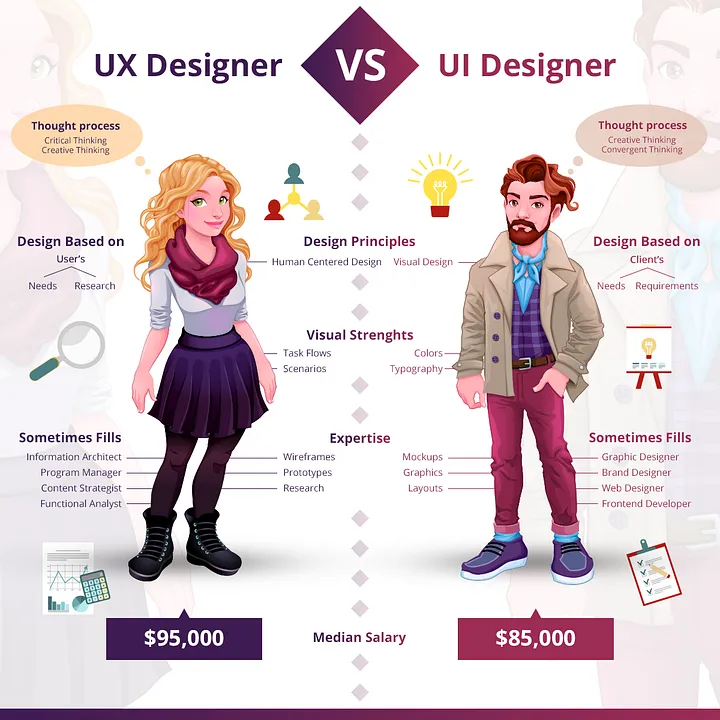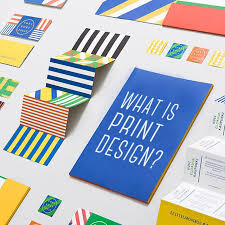Here’s a detailed look at the top five career paths for graphic designers:
1. Brand Identity Graphic Designers

- Role Overview: Focuses on creating and maintaining a brand’s visual identity. This includes designing logos, color schemes, typography, and aesthetic guidelines.
- Key Responsibilities:
- Conducting market research to understand competitors.
- Developing brand guidelines that ensure consistency across all platforms.
- Collaborating with marketing teams to align branding with promotional strategies.
- Skills Needed:
- Strong understanding of color theory and typography.
- Creativity and artistic skills.
- Proficiency in design software (e.g., Adobe Illustrator, Photoshop).
2. Web Designer
- Role Overview: Specializes in designing the layout and visual elements of websites, ensuring they are attractive, functional, and user-friendly.
- Key Responsibilities:
- Creating wireframes and prototypes for new website layouts.
- Ensuring responsive design for various screen sizes.
- Collaborating with developers to implement designs effectively.
- Skills Needed:
- Knowledge of HTML, CSS, and basic JavaScript.
- Familiarity with web design tools (e.g., Adobe XD, Sketch).
- Understanding of user experience principles.
3. UX/UI Designer

- Role Overview: Focuses on optimizing the user experience (UX) and user interface (UI) of digital products, making them intuitive and enjoyable to use.
- Key Responsibilities:
- Conducting user research and usability testing to gather feedback.
- Designing user flows and interactive prototypes.
- Collaborating with product managers and developers to refine the product.
- Skills Needed:
- Strong analytical skills to interpret user data.
- Proficiency in design and prototyping tools (e.g., Figma, InVision).
- Understanding of accessibility standards and best practices.
4. Print Designer

- Role Overview: Works on creating visual designs for printed materials such as brochures, business cards, posters, and packaging.
- Key Responsibilities of Graphic Designers:
- Developing layouts that effectively communicate messages.
- Selecting appropriate materials and finishes for print.
- Preparing files for print production, ensuring color accuracy and quality.
- Skills Needed:
- Expertise in print production processes.
- Strong attention to detail and layout composition.
- Proficiency in design software (e.g., Adobe InDesign, Illustrator).
5. Motion Graphic Designers
- Role Overview: Creates animated graphics and visual effects for various media, including video content, advertisements, and online platforms.
- Key Responsibilities:
- Developing storyboards and concepts for animations.
- Creating visual elements that enhance storytelling.
- Collaborating with video editors and directors to integrate graphics into projects.
- Skills Needed:
- Proficiency in animation software (e.g., Adobe After Effects, Cinema 4D).
- Strong understanding of timing, pacing, and visual effects.
- Creativity and storytelling abilities.
Each of these roles allows graphic designers to leverage their artistic skills while also developing specialized knowledge in different areas of design.